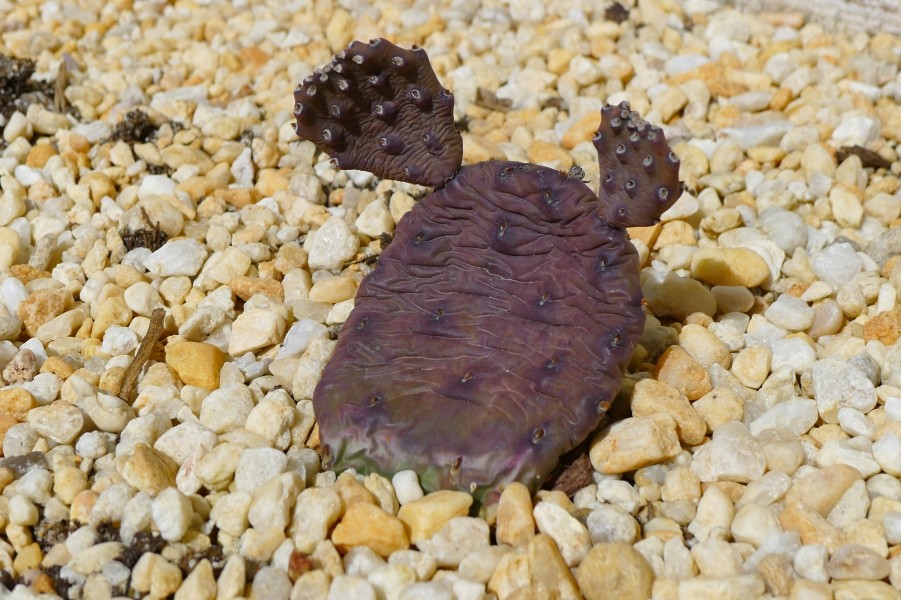Pennsylvania's Native Cactus
Ever since I first spent time in Arizona, I’ve been enthralled by cacti and other succulents. I love their geometric symmetries as well as their often bizarre forms, and their bright jewel-like, well, succulence. And of course, cactus flowers are typically boldly colored and intricate, and sometimes so large that they can completely overwhelm the body of the cactus beneath. Awesome!
I’ve purchased my share of Home Depot “rescue plants” as I like to call them (because I feel I’m rescuing them from the dark corner in which they inevitably wind up, and from the carefree overwatering they always seem to suffer in the big box garden centers). But they are all desert or tropical cactus species. They thrive in our sunroom and even on the deck in the summer, but they have no chance against the cold, wet northeastern winters. The problem? I had decided that my garden needed some cacti, and I was ready for the challenge of finding a species that would survive year round.
I first discovered wild cacti in Pennsylvania in 2003, thanks to a geocache called Cactus Cliffs. I learned that these cold-hardy cacti—Opuntia humifusa—are native species as that grow far north as Ontario and throughout part of New England. It turns out that cold isn’t as much of a problem as cold and wet. These cacti can survive subfreezing temperatures in dry (or well-drained) areas. I had just the spot for them: a dry, open area in my garden, in full sun and on the southern side of the house, nicely shielded from the fierce winds that whip through the field just north of our house.
It is of course forbidden to take anything from national park land, and regardless of their native status these cacti are still considered rare and even endangered in much of the northeast. John from EasyWildflowers.com was happy to sell me three Opuntia humifusa. He assured me they would do very well in Pennsylvania. I planted them last July and they thrived!
Then, the winter came with its freezing temperatures and day upon day of gloom, and before long my beautiful opuntias looked like this (and they got worse as the winter wore on):
I knew to expect them to turn dark and shrivel in the winter, but I had no idea how they could recover from this state.
But now it’s mid-April and finally we are beginning to sense a hint of spring in the air. And my opuntia somehow turned green and full again, stretched and sat straight up after a long period of hibernation, and are thrilling me once again!
Funny story: not a week after ordering the cacti from John, Rich and I were visiting with the extended family of our friend, Dave, at their lakeside cottage. We happened to mention our recent fascination with eastern prickly pear to one of Dave’s cousins, who exclaimed “My mother’s got an entire bed of them growing in front of her house! They’ve been there for thirty years. Feel free to go take some pads for yourselves!” One night on my lunch break I found the house and the cactus patch and cut off five healthy looking pads to bring home. They too were planted, after allowing the cut ends to callus over for a week, and they too are thriving.
I have recently acquired the following book and am anticipating learning about other species I can grow in Pennsylvania. I can’t move to the desert right now, but at least I can bring some of it to me!
Spain, John N. Growing winter hardy cacti in cold/wet climate conditions. Watertown, CT: Elisabeth Harmon, 1997.
It’s April and the garden is coming back to life. As you can see, succulents are taking over. Sedum sarmentosum (stringy stonecrop) creeps up on Opuntia humifusa (Eastern Prickly Pear). Sedum spectabile “Autumn Joy” (showy stonecrop) are in the background.



